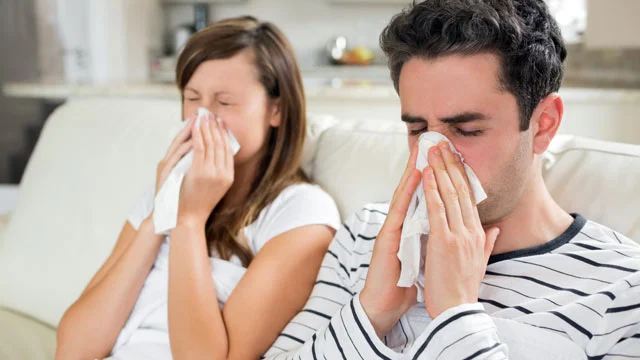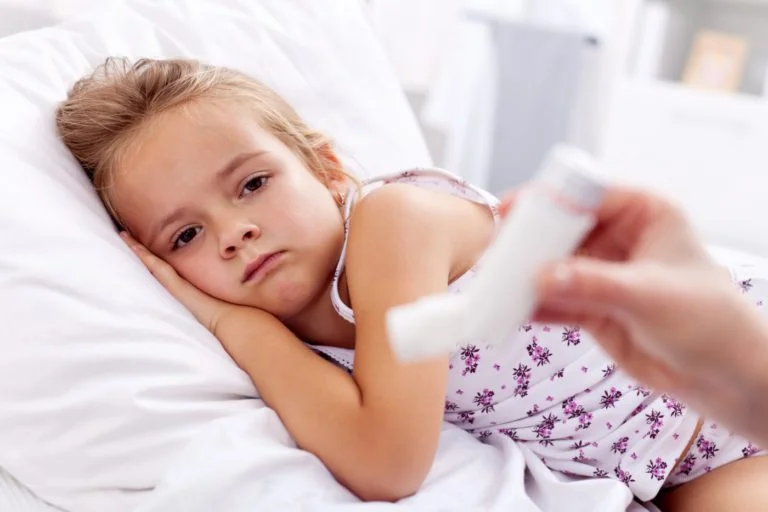Prophylaxis of influenza and acute respiratory viral disease (ARVD) during the cold season
The incidence of respiratory viruses and influenza increases from late September onwards. During this period, the risk of infection catching increases dramatically. The following populations are particularly vulnerable to the viral attacks:
- Children below 1 year of age. Infant’s immunity is still in the formation process, thus, resistance to a viral attack might be difficult for a body.
- Pregnant women. During this period, natural women’s immunity is weakened.
- Children and adults who have a chronic pathology and compromised immunity.
- Elderly individuals (65 years of age and above).
Also, those people who concords with the characteristics listed above are at higher risk of complications in the event of disease onset.

Influenza prophylaxis: specific and non-specific measures
When the seasonal incidence increases, the protective measures are essential not only for healthy individuals, but also for the infected patients. ARVD patients are still contagious during about 5 days following the disease onset. Influenza patients are contagious during about 7 days (except for complicated cases). To prevent transmission of the infection to other people, the following measures are necessary during this period:
- Avoid crowded places (call in sick, cancel your schooling/studying sessions; don’t take a sick child to kindergarten, etc.).
- If you cannot avoid visiting the crowded places, put a mask over your mouth and nose.
- Cover your nose and mouth, when coughing and sneezing; use disposable napkins to wipe away your nasal secretions.
- Avoid kissing and shaking hands with an infected individual.
- If you got sick, wash your hands frequently, use only your own dining set and a towel, frequently allow fresh air in the room to secure your family members.
A healthy individual should employ the following measures to protect himself from a viral infection:
- Avoid making contacts, where the virus might be transmitted (handshaking, being within 1 meter from an infection carrier, using the same tableware pieces).
- Avoid drying up nasal mucosa (humidify the air at home, use saline solutions – Nasisoft, Lorde® Hyal).

Influenza and ARVD prophylaxis represents the series of measures aiming to strengthen a body, increase immunity that involves:
- Good nutrition rich in vitamins.
- Keeping the proper hours, resting in a timely manner.
- Daily outdoor activities.
- Reducing influence of harmful factors.
- Body conditioning.
- Regular physical exercises.
- Discarding unhealthy habits.
ARVD prophylaxis in children includes creation of the proper microclimate within a room: optimal air temperature and humidity maintenance, fresh air allowance on the regular basis. In infants, breast-feeding serves as a natural barrier against viral infections.
Medicated prophylaxis of rhinoviral diseases is conducted using the following medicines:
- Nasal lavage with the Nasisoft medicine 2 to 4 times daily for 7 to 10 days. Hyaluronic acid, which is a part of the Nasisoft, prevents malignant bacteria from adhesion (sticking) to nasal mucosa.
The specific influenza prophylaxis involves vaccination. Influenza vaccination should be done in September to October and well in advance of the infection season in order to allow immunity formation before the cold season.

